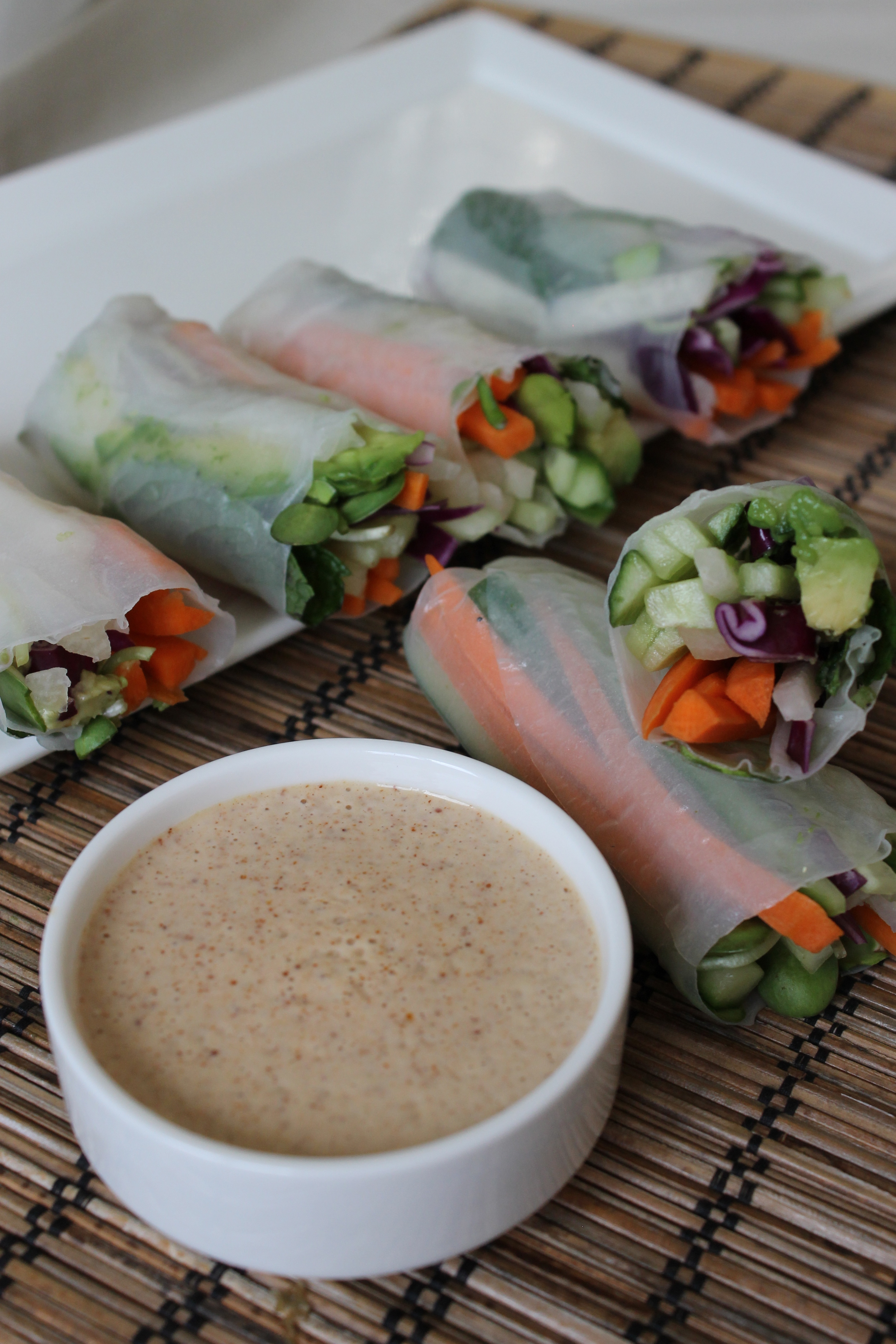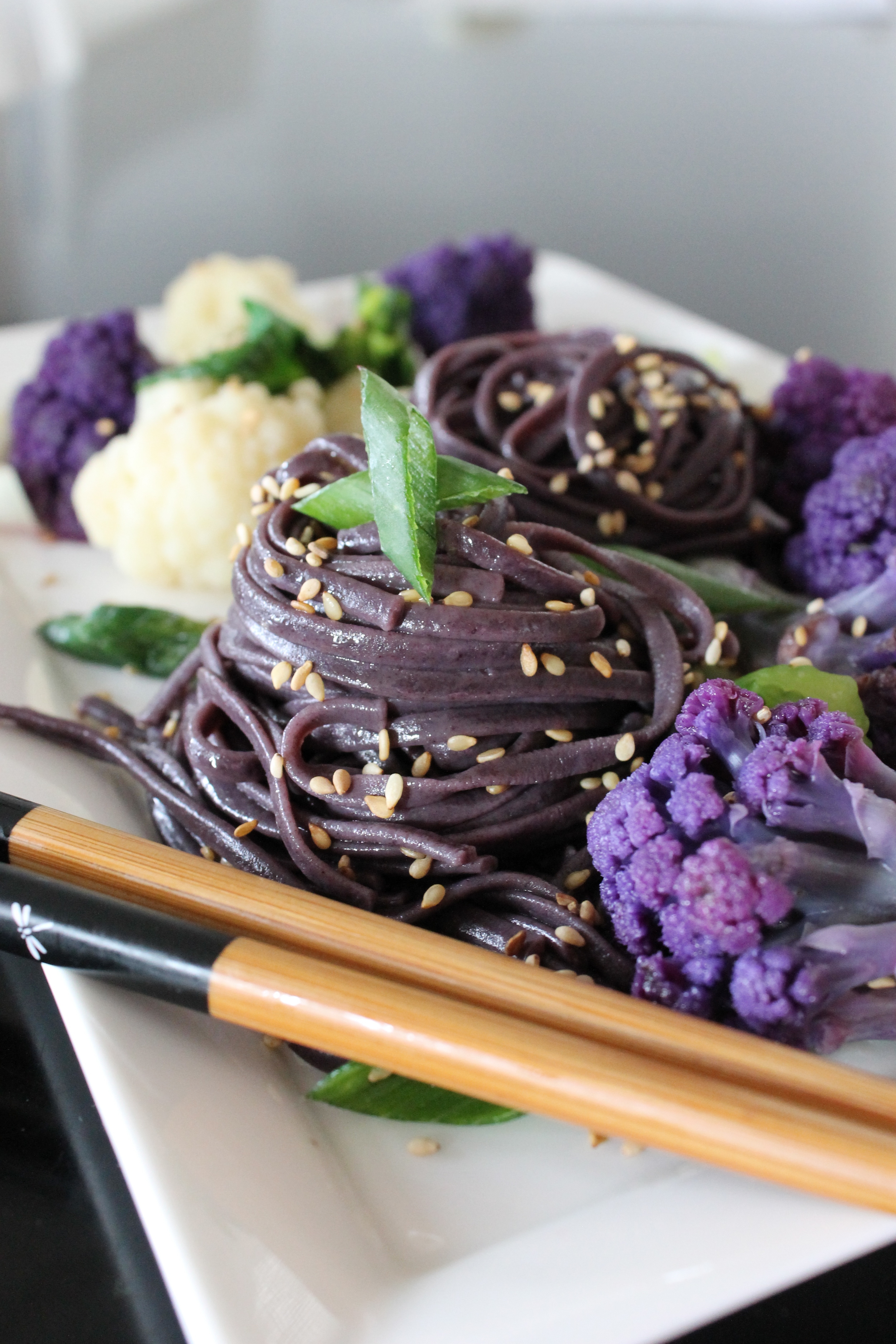Gong Hei Fat Choy! The Lunar New Year's celebration is underway in many parts of the world, even in my own city. It started on January 31st and will last for 15 days. As custom goes, food is a huge part in all these festivities. I'm not sure if you're familiar with the top "lucky foods" to eat at this time. Clementines or oranges, noodles and dumplings to name a few. Take a look at the list here or here. At first I thought I'd be using one of these for the main ingredient to my Asian-inspired post but I had a change of heart. Instead, I'm going back to my childhood memories.
And so I started reminiscing about the foods that I ate growing up in a place located at the northernmost tip of the Philippines. The town is called Aparri and I just realized that it can now be found on Google map. However, our small village which is on the western side across the huge Cagayan River will never be on Google map, I'm afraid. Rice is grown big time here being an agricultural land. It's eaten 3x a day - yes even at breakfast! Before my grandparents moved to California in the mid-70's, they were seasoned rice farmers back home....successful enough that they were able to send all their 6 children to university. So let's just say that on several weekends and summer vacations in the 60's and 70's, my siblings and I experienced rice farming 101. It was hard work, let me tell you. And as a young child, I didn't really like it much then, but I loved all the the foods that were being prepared during rice planting season and harvest time. My grandma was a great cook. She also grew a lot of vegetables and fruits, even coffee and cacao! Our first experience with hot chocolate was from cacao beans harvested from her own backyard. The word "fair trade" was not in foodies' consciousness yet at that time I don't think!
Many of those rice fields have been passed down to the next generations and at this time, my sister who's an agriculturist manages them...don't know how she does it but I'm glad she does as I would be totally lost having no experience and passion for farming nor a green thumb for that matter.
So to celebrate the Lunar New Year and those awesome food memories of my childhood, I've decided to make "fried rice" but with a little twist of the classic. My family still grows Milagrosa, Jasmine or sticky rice in those fields but I've chosen black rice for this recipe. Great for its fibre, nutrients and especially its antioxidants, it's usually the variety that I choose if ever I make a rice dish. Check out these recipes that I've shared from over a year ago, here and here.
The trick to this rice dish is using minimal oil (a total of 2 Tbsp. only). The 1 Tbsp. of oil is used to cook the garlic, ginger and scallions and the rest is mixed with the sauce. The vegetables were also lightly steamed. This way the dish is not heavy and the vegetables still has a crunch and not overcooked.
Black (Un)fried Rice
Ingredients (Preferably Organic):
For the Rice/Veggies:
1 cup organic black rice preferably soaked for up to 6 hours
1 1/2 cups water for soaked rice, 2 cups for unsoaked rice
2 cups broccoli florets, cut in small pieces
1 1/2 carrots,washed, peeled and cut into 1/4" cubes
1 cup frozen peas
25 snow peas, thinly cut diagonally, about 1/4" thick and 2" long
3 cloves garlic, smashed and finely chopped
1" ginger grated
4 scallions/green onions chopped into small pieces or cut diagonally
(separating the lighter parts (dark green parts for topping)
1 1/2 Tbsp. avocado oil (see suggestions)
For The Sauce:
1 Tbsp. toasted sesame oil
1 1/2 Tbsp. mirin (or 1 Tbsp. lime juice + 2 tsp. maple syrup)
3 Tbsp wheat-free tamari or Braggs
3 Tbsp. sesame seeds, lightly toasted
Method:
1. Rinse the rice in a strainer under cold water then transfer to a pot. Add the water and bring to a boil then simmer until all the water is absorbed and the rice is cooked, about 40- 45 mins. Fluff and cool it down. Soaked rice cooks faster at 30 minutes.
2. After all the veggies have been prepped, place them except the snow peas in a steamer. Cook briefly making sure the veggies are still crunchy, about 5 minutes. Add the snow peas on the last minute then remove from heat.
3. Place the the avocado oil into a pan and on low heat, cook the garlic, lighter portions of the green onions and ginger until fragrant, about 2-3 minutes then turn off the heat. Mix in the sauce then add the rice and veggies stirring a few times to incorporate all the flavours . Transfer to serving bowl then top with sesame seeds and the rest of the scallions. Enjoy!
Suggestions:
1. For better digestibility, soak the rice for a minimum of 4 hours to 6 hours. I've tried both ways and either one works.
2.Some other options for vegetables are: mung bean sprouts, Chinese napa cabbage, cauliflower or bakchoy. This is a versatile dish so you can go creative.
3. Please note that when it comes to oils, there are healthier options to use. You can read a very informative article "What's the Best Oil to Cook With" on this link here.
As I was reminiscing, I can't help but be thankful for all those wonderful experiences I had in the Philippines. We grew up where the air was clean and the ocean was pristine. We ate fresh seafood and seaweeds from the ocean nearby. Sunshine was abundant all year round. Free Vitamin D!
My dad planted the biggest orchard in our neighbourhood. It produced a variety of tropical fruits...all we did was climb up the different trees to pick the freshest and purest fruits in season. No chemicals or preservatives or no storage necessary. And most of these trees are still bearing fruits over 50 years later. We grew our own vegetables in our gardens. We had many moments playing in our backyard or in the muddy rice fields barefoot...so connected we were to the earth...grounding, anyone? Mind you, we never knew how lucky we were then. Thank you Lord for all of these!
I hope you'll start reminiscing about your own childhood memories too. Happy Lunar New Year!
Warmly,
Lina




















